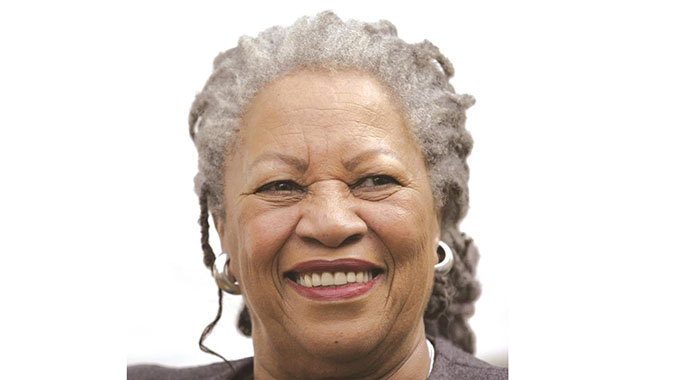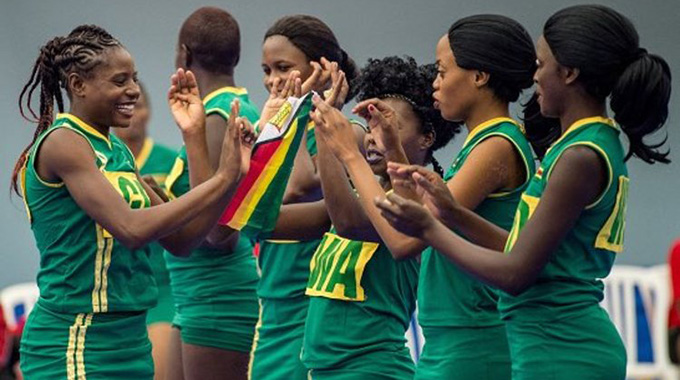Race scholar Kendi turns spotlight on himself

Afua Hirsch Correspondent
If Ibram X Kendi has been a lifelong racist — as he confesses in this book — then we all have been. This is the unsettling idea at the heart of “How to Be an Antiracist” (2019), in which one of the US’s most respected scholars of race and history steps away from documenting the racist sins of others, and turns the lens pointedly, uncomfortably, at himself.
Kendi’s argument is brilliantly simple. An idea, action or policy is either racist — that is, contributing to a history that regards and treats different races as inherently unequal — or it is antiracist, because it is trying to dismantle that history. There is nothing in between. There is no pure state of racism or anti-racism: people of all races and backgrounds can fall into either category depending on their ideas, actions or the policies they support.
One of the easiest things to relate to in Kendi’s hypothesis, which puts it in line with other contemporary books about racism and inequality, is his withering attack on the idea of being “not racist”. There is no scholarship required to realise intuitively that President (Donald) Trump declaring that he is not racist, while issuing multiple racist slurs, or some of the British press taking great offence at being called “racist” while promoting tropes about ethnic minority communities, reveals the meaninglessness of being “not racist”. Everyone says they are not racist. Few actively self-identity as “antiracist”.
Antiracism takes effort. Kendi has made clear in his previous work that he rejects the idea that racism is born out of ignorance. Racism, history shows, is born out of its profitability and utility. It is rooted in patriarchy and capitalism. To stand against it requires acknowledging what he calls “the metastatic cancer” that has seen “racism spread to nearly every part of the body politic”.
Kendi digs deep to justify these analogies. He charts not just his personal journey through the racist ideas he and his family embraced, but also the advanced-stage cancer that ravaged his body after he completed his last book, the award-winning “Stamped from the Beginning”.
“Racist ideas piled up before me like trash at a landfill,” he writes.
“Tens of thousands of pages of Black people being trashed as natural or nurtured beasts, devils, animals, rapists, slaves . . . More than five hundred years of toxic ideas on the Black body.”
At one point Kendi, whose wife also survived cancer shortly before he was diagnosed, apologises for his inability to separate cancer and racism. But there is no need. His honesty in linking his personal struggles to the work he has now undertaken is one of the most powerful elements in this compelling book.
In other ways Kendi raises more questions than he answers. Stories about his parents, who met in the black liberation theology movement, before his mother went off to work as a missionary in Liberia, feel unfinished. He hints that he ultimately rejected the Christian beliefs with which he was raised, but steps away from narrating when and why.
His stories of being an uninterested and not particularly compassionate child seem half-told. He does reveal that he changed his middle name from Henry to Xolani once he learned of Prince Henry “the Navigator”, the 15th-century Portuguese royal, who first pioneered transatlantic slavery. I’m intrigued as to whether those who named him share his sentiments.
Kendi salutes his parents for their passion for justice while gently pointing out that they raised him as “a racist, sexist, homophobe”. This sounds more damning than it is — we are all racist, sexist homophobes in Kendi’s view, unless we are striving not to be in some meaningful way that changes policy.
“How to Be an Antiracist” is more like a textbook than I would like, but then there is much schooling to be done. Kendi succinctly takes down assimilationist thinking (“Assimilationists typically position White people as the superior standard”) and the glamorising of poverty as “authentic blackness” (with typical honesty, he confesses to having been guilty of this).
Kendi’s honesty in linking his struggle with cancer to his work is a compelling element in this book
He is particularly strong on his critique of “uplift suasian” — the tendency of black people to blame themselves for racial inequity, to “strap the entire Black race on the Black body’s back, shove the burdened Black body into White spaces, order the burdened Black body to always act in an upstanding manner to persuade away White racism”.
Kendi’s is also a welcome intervention into the sensitive subject differences between African Americans and other black groups in the US, especially African and Caribbean immigrants, whose different outcomes and historic mutual suspicions of each other are unsentimentally unpicked.
His analysis travels well. A Wall Street Journal columnist’s cultural racism — “black culture today not only condones delinquency and thuggery but celebrates it to the point where black youths have adopted jail fashion in the form of baggy, low-slung pants and oversize T-shirts” — sounds a lot like David Starkey’s British version of the same: “A particular sort of violent, destructive, nihilistic gangster culture has become the fashion.”
These reductive voices, so familiar in all multicultural societies, are channelled by the media and political establishment because they claim, in the same breath, that they are “not racist”. Yet some of the language in the book is problematic. The welcome chapter on how to be anti-colourist crudely divides black society into “Light” and “Dark” — both are terms that others have sought to reject, with mixed success. Kendi’s description of his journey into feminism — about which he is refreshingly honest — still involves some of the awkward tropes about “strong women” that as a black woman I find particularly tired.
This is a dogmatic book, but that should be no surprise given that the title takes the form of a “How To”. Kendi gets away with the instructional tone, both because of the work he has put in, and because of his ability to face up to his own flaws .—The Guardian.








Comments